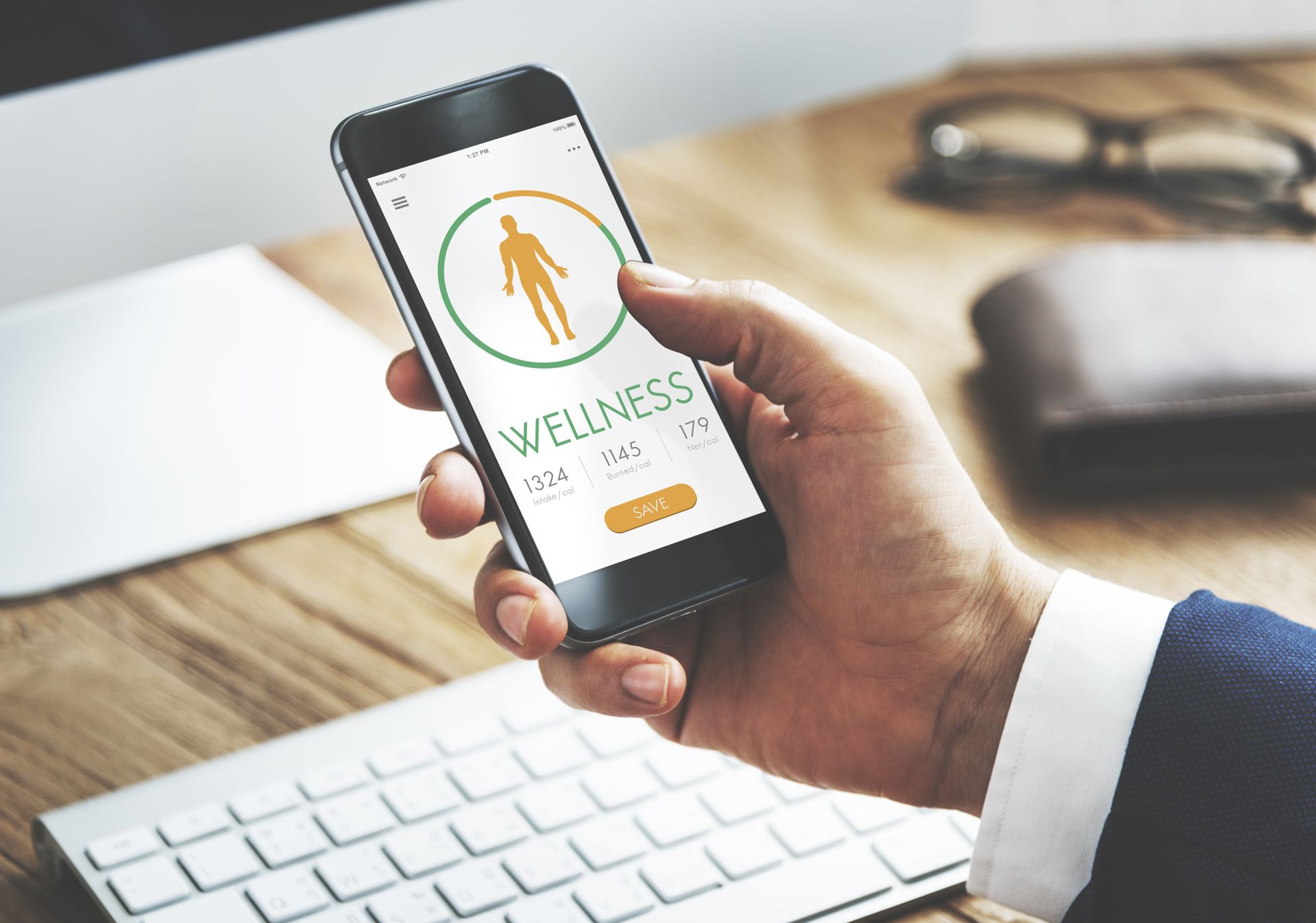AI Health Apps. More Than Just Wellness Tools

AI is the hot topic right now and it’s everywhere, healthcare included. With its difficult to miss presence, many are starting to ask how these applications operate, what data they pull from and how much healthcare professionals actually rely on them. But beyond users wanting to understand how AI technologies function, software manufacturers are facing their own challenges. This article discusses why software manufacturers find it tough to market their products properly, what happens when they’re trying to make sense of the regulations and what is the direction they are taking to meet the necessary compliance standards.
On a Mission to Transform Healthcare but Bypassing the MDR
AI’s potential to transform healthcare has resulted in AI applications built to assist with everything from patient monitoring to diagnostic support. Many AI systems are typically developed to address specific healthcare challenges, they target unique patient demographics and respond to particular circumstances of a country. And while they might indeed reduce the inefficiencies and address the needs in healthcare, some organizations often market their products as wellness tools rather than medical devices. This perspective can be misleading, as the functionalities and intended use of these applications could place them under the scope of medical regulations, such as the Medical Device Regulation in Europe.
Along with their mission to enhance healthcare, there should be a strong commitment to allocate sufficient resources to understand the regulatory requirements that medical applications are subjected to. This includes not only getting familiarized with existing regulations but also staying updated on any changes or new guidelines that may come out.
It is mandatory for companies to define the intended purpose of their products from the outset but perhaps even more important is to first understand the implications and consequences of defining the intended use. This will determine the correct regulatory approach that companies are expected to take and ensures that the applications are designed in accordance with the applicable standards.

Why the Wellness App Labeling Could be Problematic
At first glance, many AI apps appear to focus exclusively on wellness. They might help users track their physical activity, monitor their sleep patterns or provide general health tips. However, the reality is that many of these applications often collect and analyze data that can have significant implications for health management.
Apart from the possible lack of regulatory awareness which could leave companies in the dark when it comes to distinguishing medical devices from wellness products, there could also be an intentional downplay of the medical aspects of some of these applications in the marketing materials to avoid regulatory scrutiny. Let’s consider two scenarios where medical devices could initially be sold as wellness products.
- Example 1: Step Tracker App
Consider a step tracking app that encourages users to log their daily steps or offers meditation exercises. This may seem harmless and purely wellness oriented. However, the application not only counts steps but also analyzes the data to provide insights into a user’s cardiovascular health. If the app starts suggesting that users should consult a healthcare professional based on their activity levels or heart rate patterns, it crosses the line from wellness to healthcare. In this scenario, this shift in purpose can trigger regulatory requirements.
The Role of Data Interpretation
The interpretation of data is a crucial factor in determining whether an app is “just” a wellness tool or a medical device. If an app provides insights that healthcare practitioners rely on to make clinical decisions, it will likely be subject to the MDR.
- Example 2: Symptoms Checker App
Imagine an AI symptoms check app that asks users about their symptoms and suggests possible medical conditions. If healthcare providers start using this app to guide their treatment decisions, the application could be seen as a diagnostic tool rather than a wellness one. In this scenario, the app’s intended purpose shifts and the organization must comply with the applicable medical regulations to ensure patients’ safety.
Regulatory Implications
The MDR is designed to ensure that medical devices (including software applications) meet strict safety and performance standards. If an AI app is intended to provide information that influences clinical decisions, it may need to undergo rigorous testing and certification processes. This can include clinical evaluations, risk assessments as well as post-market surveillance.
Organizations must be aware of the fact that the moment their app is used in a healthcare context (especially if it provides data that practitioners rely on) they may be subject to these regulations. Failing to comply can lead to serious consequences, including fines and the removal of the app from the market.
Conclusion
While many organizations may start with the belief that their product is just a wellness app, the reality is often more complex. The data these apps collect and the insights they provide can position them as medical devices under the MDR.
Understanding your product’s implications in the healthcare sector goes beyond just achieving success, it’s about recognizing your role in patient safety.